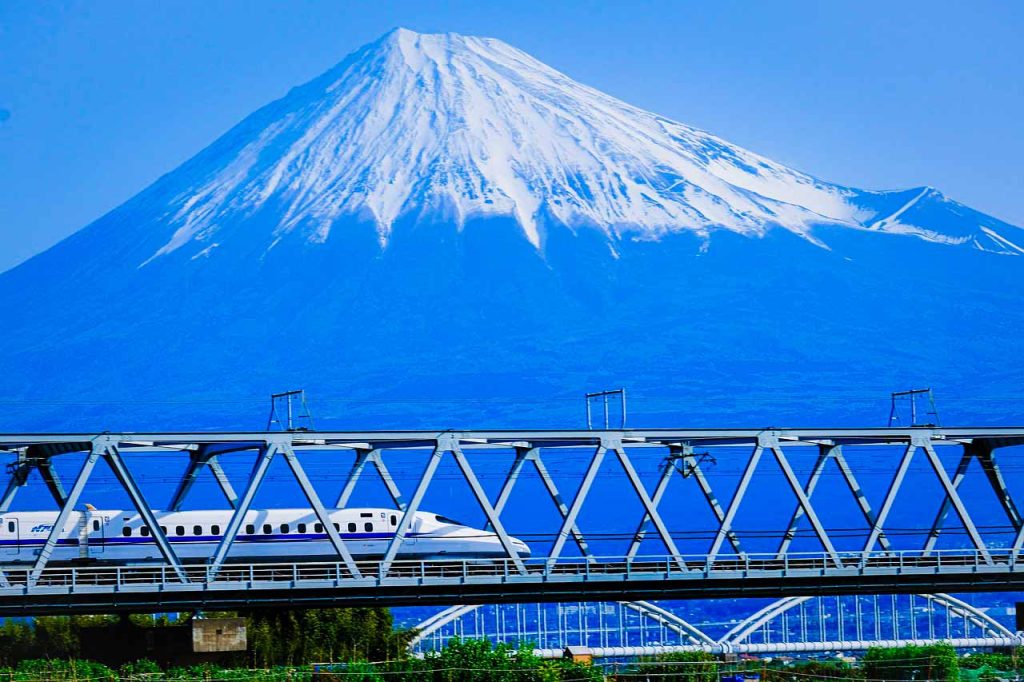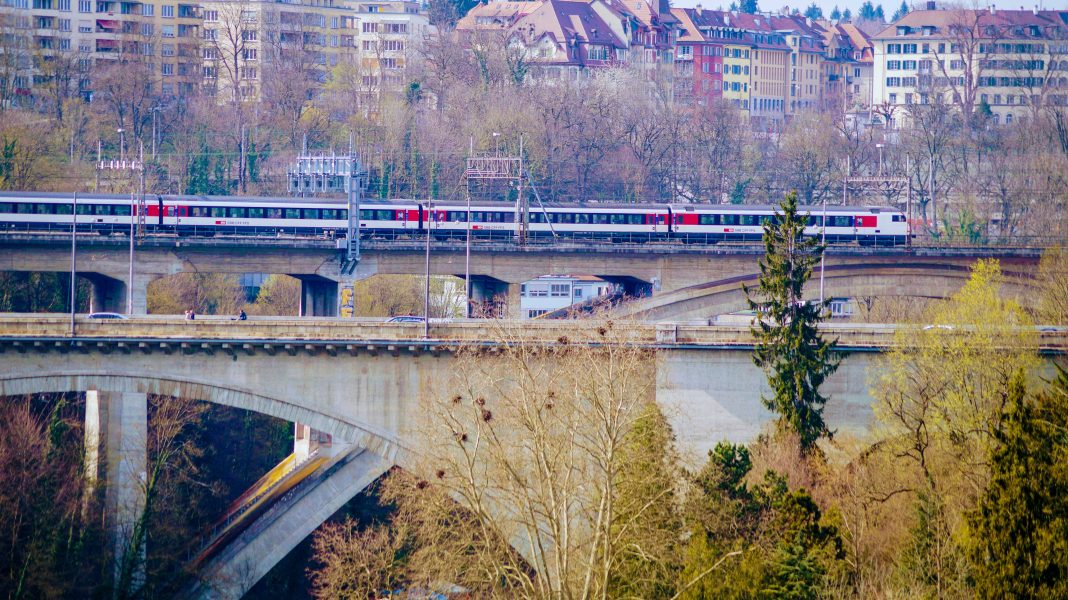Sustainability needs a warning label.
The somewhat tongue in cheek Godwin’s law suggests that in any online discussion going on long enough, someone will make a comparison with the Nazis. In a similar way, it seems that any talk about urban sustainability eventually leads to one topic.
Well, sorry folks, here’s yet another article about mobility.
Streets Ahead
It makes sense that mobility crops up so much.
Whether we’re talking about urban planning, finance, equity, climate adaptation, retrofitting, procurement, or food systems, mobility touches on every part of a physical city and the systems it functions on.
It’s also a tangible problem, with solutions we can see, smell, and climb into. How very human, this sensory dependency. Evidently that makes mobility a much more attractive challenge, one we can relate to unlike more existential crises, like climate change.
Are You An Innie Or An Outie?
Finding a consensus is tough but we could meet diverse mobility needs in cities with a comprehensive mix of public, active, shared, and micromobility.
There’s just one problem with this: an insular perspective. We don’t only move about in cities!
Just because people reside in a named place, doesn’t mean that’s where they ‘live’. Work, leisure, family, education, healthcare – there are many reasons we might regularly head elsewhere.
Sustainable urban mobility should be thought of in the same way as water: in terms of a basin, fed by wide-reaching and interlinked tributaries.
Pick Your F(l)ights Wisely
Urban Future has considered this problem. Speakers and attendees are being encouraged to avoid air travel to the conference in Rotterdam this year in favour of Europe’s railways.
That seems wise given that long haul flights produce more CO2 than the average human in some countries.
However, the idea itself is slightly problematic.
The message seems to almost demonise anyone who comes from further afield with little choice but to fly.
Sure, in an ideal world, we’d all whizz around sequestering emissions as we went, and currently, trains fit the low-carbon narrative most comfortably. It’s decent for everyone to do as much as they can for the Good Fight, but in a toss-up between anti-aviation activism and promoting diverse representation and municipal knowledge-sharing, the latter is more firmly in the sustainable city wheelhouse.
Instead, those working at a grander scale could be asked to take more of the responsibility.
Kicking Around a Few Solutions
Remarkably, UEFA seems to be stepping up.
The footy federation has committed to donate €25 to a Climate Fund for each tonne of “unavoidable” emissions generated by the Euro 2024 men’s football finals.
It’s predicted to amass €7 million: that’s a shedload of carbon for what it hails as “the most sustainable European Championship of all time”. Much of this is due to come from people travelling internationally to the games.
So hosts Germany should be credited for taking genuine steps to limit the environmental impact this has by subsidising fans’ rail travel. Just maybe some will swap their budget flight for a choo-choo train.
Which sounds ideal. Except that, sorry, trains just don’t cut it!
How to Drag On Your Train
Let’s illustrate with a few personal horror stories from recent months:
- A friend’s trip home to Germany for Christmas stopped short because an unexploded WW2 bomb was found near the track; customers were dropped off at the next town and left to arrange their own onwards journey.
- Colleagues with the Klimaticket – an expensive annual pass covering most public transport in Austria – regularly experience delays, missed connections, extended waiting times, and late arrivals. Because they can just hop on any train, they’re not entitled to refunds in the same way as single journey tickets.
- A mouse click away from booking a train trip, I noticed three changes en route, and a rail replacement bus for one segment due to planned engineering works. I opted for coach: the cheaper, quicker, choice with more stops for better convenience.

Asking people to put up with this is not the way to make friends and influence sustainability.
No one should feel guilty for accepting the best mobility option available to them. If that’s not the most sustainable, the system has got it wrong, not the passenger.
For this reason, we almost have a duty to do the ‘wrong thing’.
Vote With Your Wallet
Financial transactions speak on our behalf. Any time we buy a product, we endorse it – even if we have little choice. (Record energy price rises, anyone?)
Paying for train tickets shows that we’re willing to endure the current standard of service. Not only does this land many places with an inadequate, crumbling rail network, but – adding further insult – is used to justify charging inflated prices to board.
This is why boycotts and sanctions can be a useful means of forcing change when people can get organized enough to for it to work.
Denting income makes CEOs and decision-makers sit up and take notice. It forces them think how to make amends that would benefit their profit margins.
See, capitalism isn’t all bad.
But whether we’re talking public or privatised transport networks, municipalities, national governments, and independent entities need to know how to be better. It’s not automatic, nor is it simple.
That’s where it’s good to look at the cities and their outlying regions that seem to be on the right track.
Taking a Bullet to the Train
Japan’s high speed shinkansen offers a model of trains done right. They run 17 times a day and average an impressively small 0.2-minute delay time – even factoring in disruptions from earthquakes! According to operators, they consume one-eighth the fuel of an airplane and emit a twelfth of the CO2.
Comfort and efficiency are both a major attraction. Plus, in what might be a coincidental bit of marketing, their first-class ticket is called the Green Pass: passengers draw a link between eco-friendly travel and luxury.

It’s not all about speed and fancy trains, though. The shinkansen has got right what others have struggled to replicate.
The UK’s seemingly pitiful equivalent is High Speed Two (HS2), a whole new series of lines intended to get commuters between the north and south in comparatively faster speeds. Far from connecting people, it has been beset with problems ripping communities apart: for example, scaling back reach into the north, and force-buying and demolishing people’s homes where the line will cut through (in some cases not to emerge).
If you were one of these citizens, would you buy a ticket?
It All Comes Down to Interconnectivity
There’s a lesson there. Intercity connectivity can easily go wrong. And what’s the consequence? Presumably people are left little choice but to get back in their cars.
But there’s a lot to learn from the likes of Germany and Japan – both setting a good example beyond the city boundaries with ‘hard’ (infrastructure) and ‘soft’ (subsidies and awareness) solutions.
It needs to get easier for people to travel in better ways without having to make compromises or guilt-riddled decisions.
It’s not only about trains, of course. Onward journeys must be made possible.
Vancouverites don’t think twice about putting their bikes on the readily available racks on the city’s buses. As of 2023, a dedicated bus even takes bikes and their riders to specified cycle routes.
On-demand minibuses, 24-hour e-car and e-bike rentals at train stations, and safe routes for disembarking pedestrians are other simple ideas that spring to mind. But this all needs to be thought up in unison.
Unless we look past the city boundaries, benefits of any climate-sensitive mobility initiatives in urban spaces will surely hit a limit. It’s time to stop looking at mobility as a closed system.


